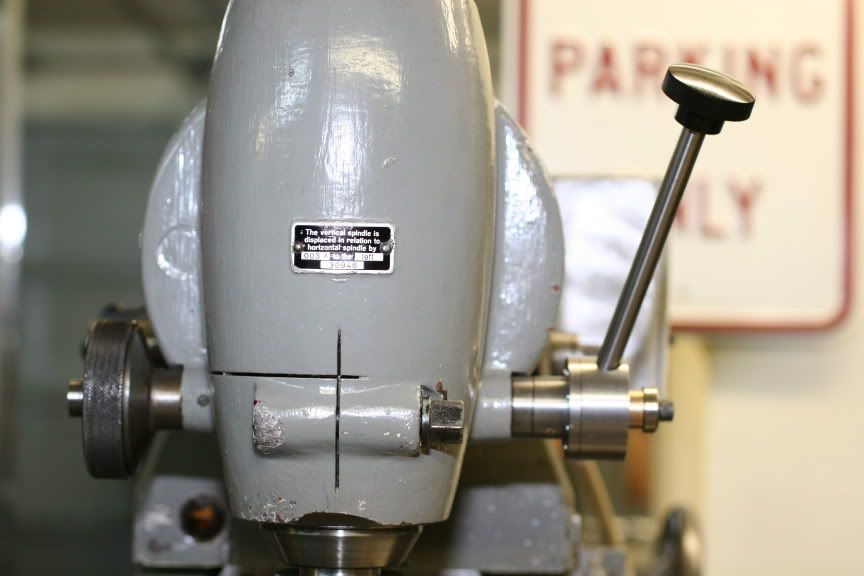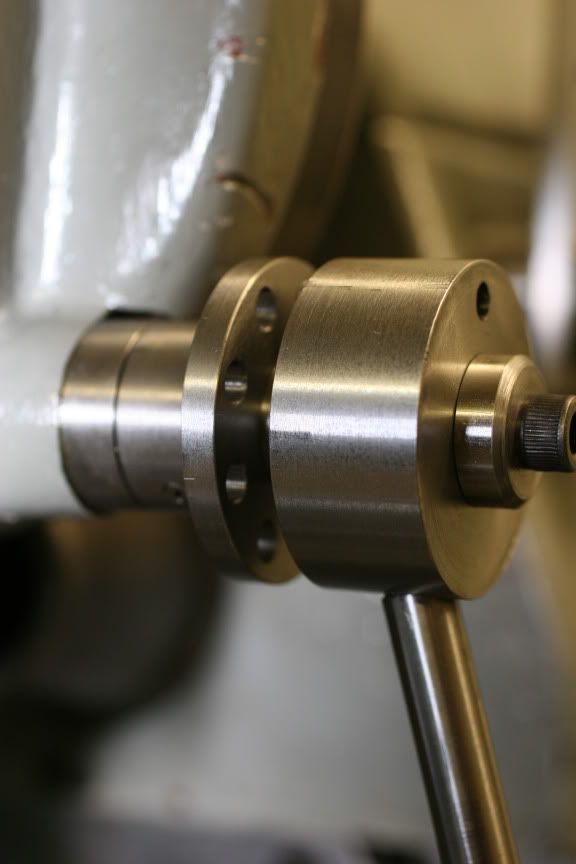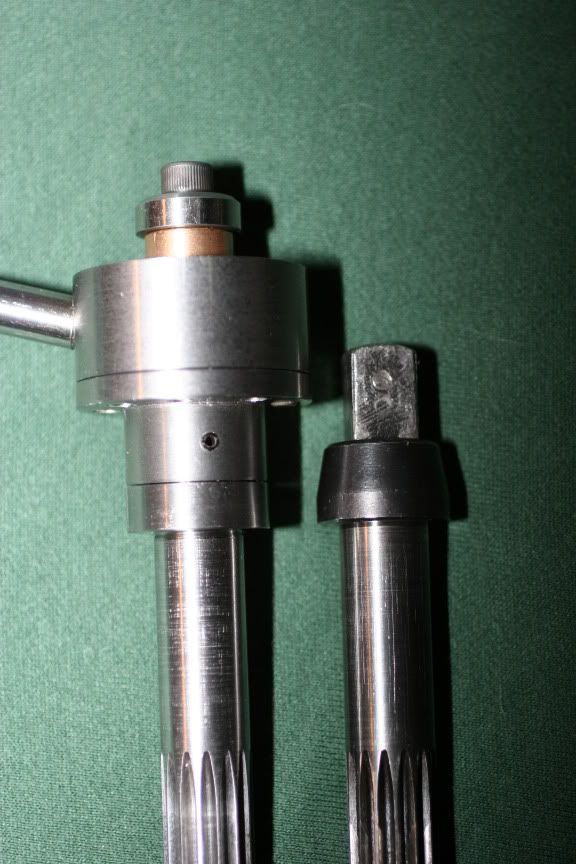Rick;
Nice job.
Just a word of caution here..(not trying to deminish rick's work , it is a good design and nicely done).
Deckel never intended the regular milling head to be used as a drilling quill. For ocasional use it is fine , but be aware tht there is no provision to liubricate the quill sliding in the head, unlike the Precision boring head. Most Bridgeport and their clones have and oil cup that wicks oil to the quill to provide lube between the sliding elements, Deckel makes no such provision. The best an operator can do is extend the quill fully and smear some way lube on the surface. Trouble with that is the when the quill is retracted most of the oil is stripped by the edge of the head casting and little ever gets inside where it is needed.
A convient quill handle is very nice.(Deckel made a quick positioning handle for the boring head so they knew how to do this. They did not provide one on the milling head for a reason) Given a nice and easy to operate handle, some care not to be tempted to overuse the quill should be exercised. If you are doing any amount of drilling on your machines, i would urge you to use the precision boring head , or feed on the knee. IMHO
Don't get me wrong here, i use the quills on all my Deckels, but i try to limit the amount and use the knee or boring head when possible.
Cheers Ross









 who knows ?), do you think the quill needs that much oil ?
who knows ?), do you think the quill needs that much oil ?